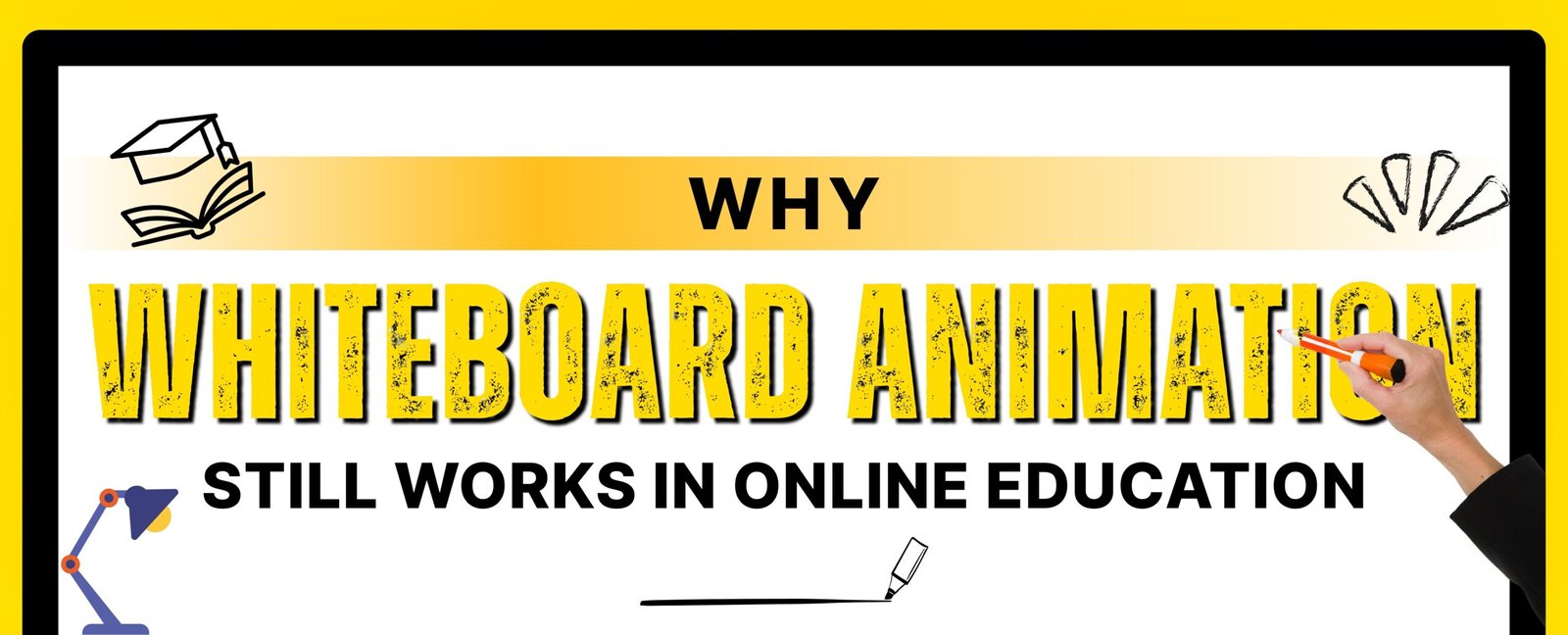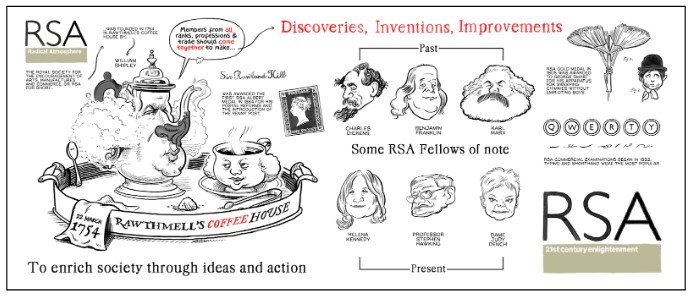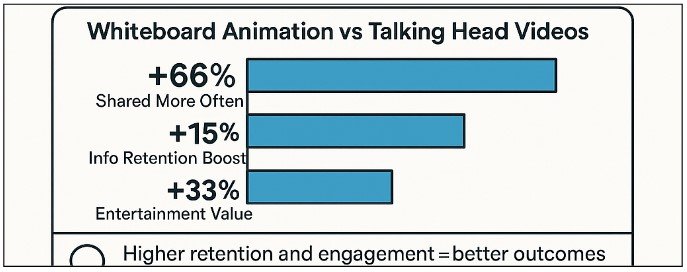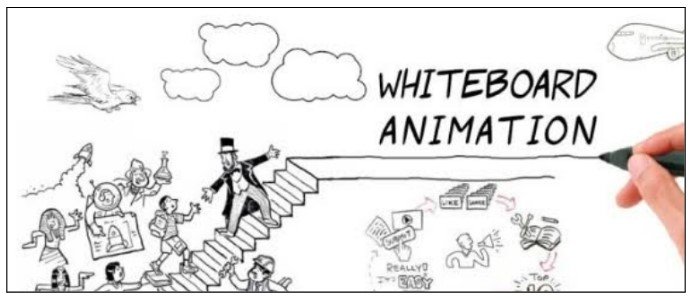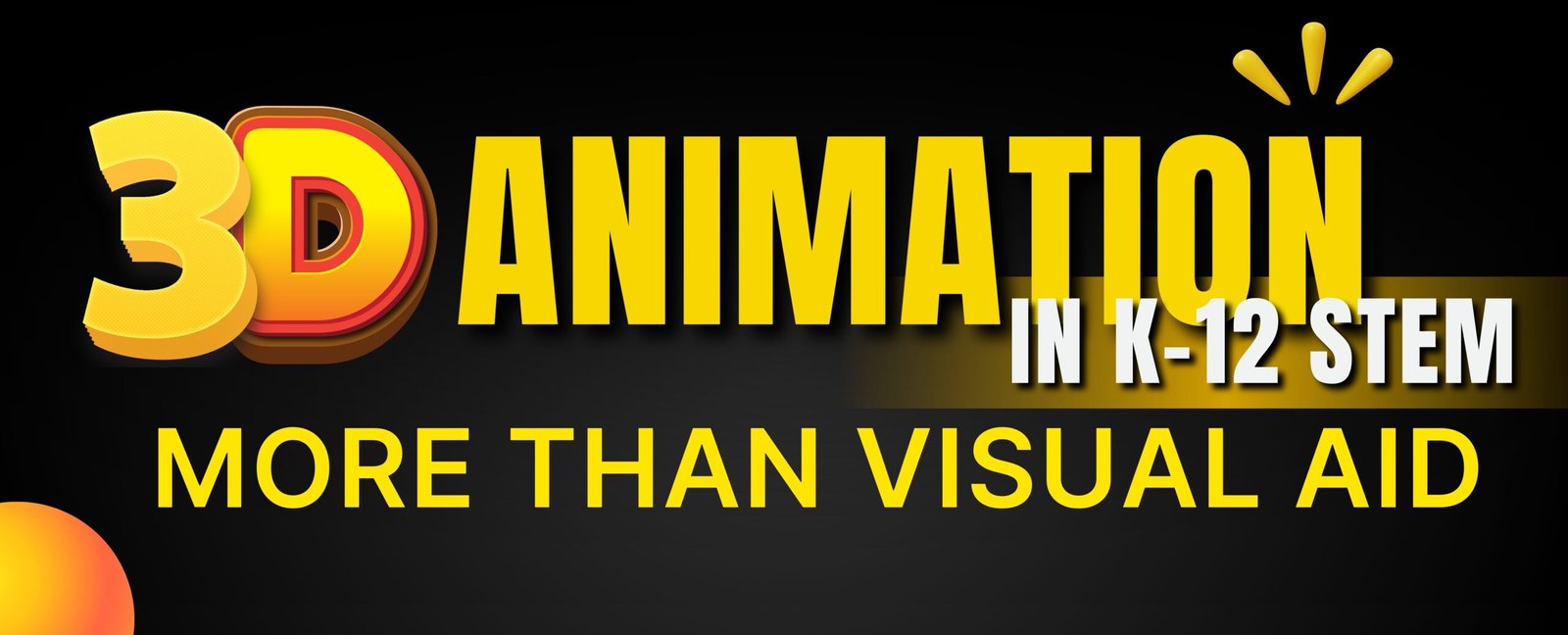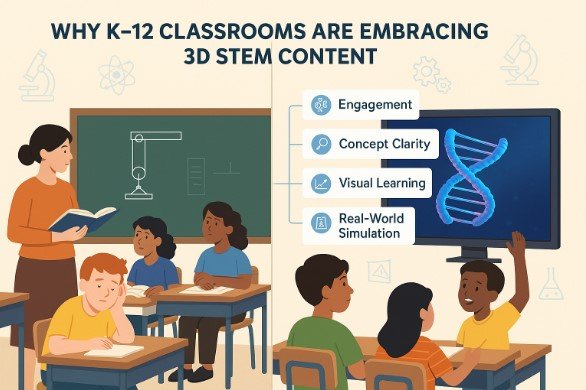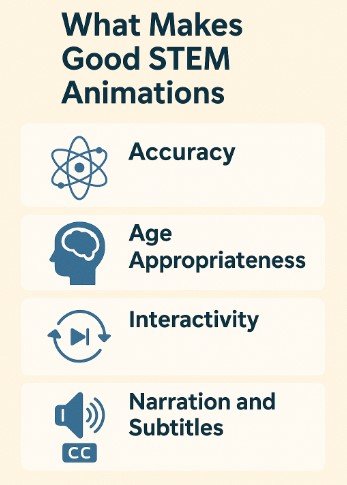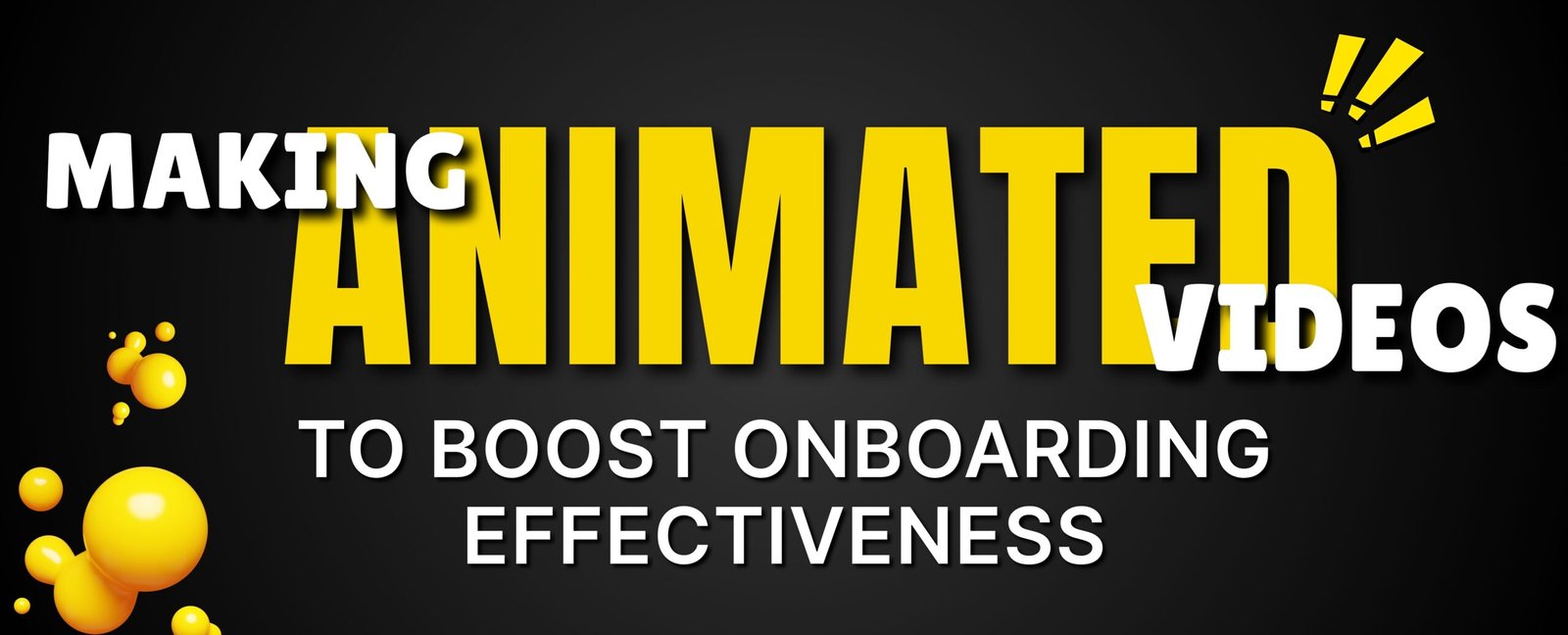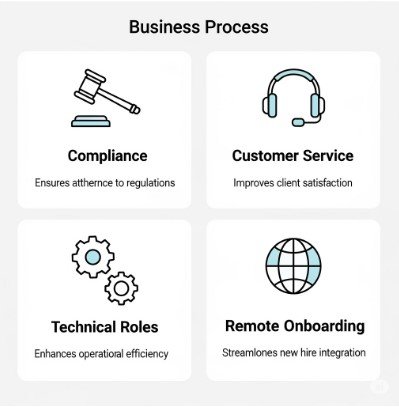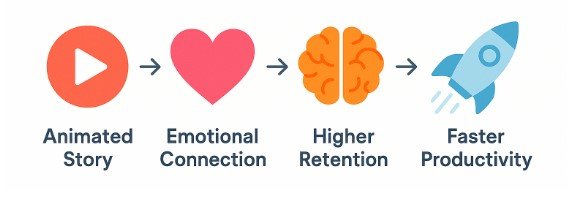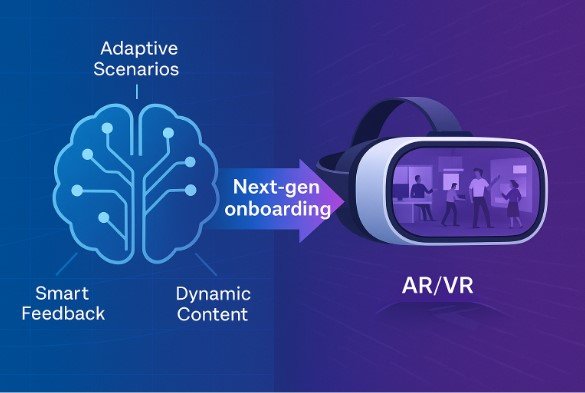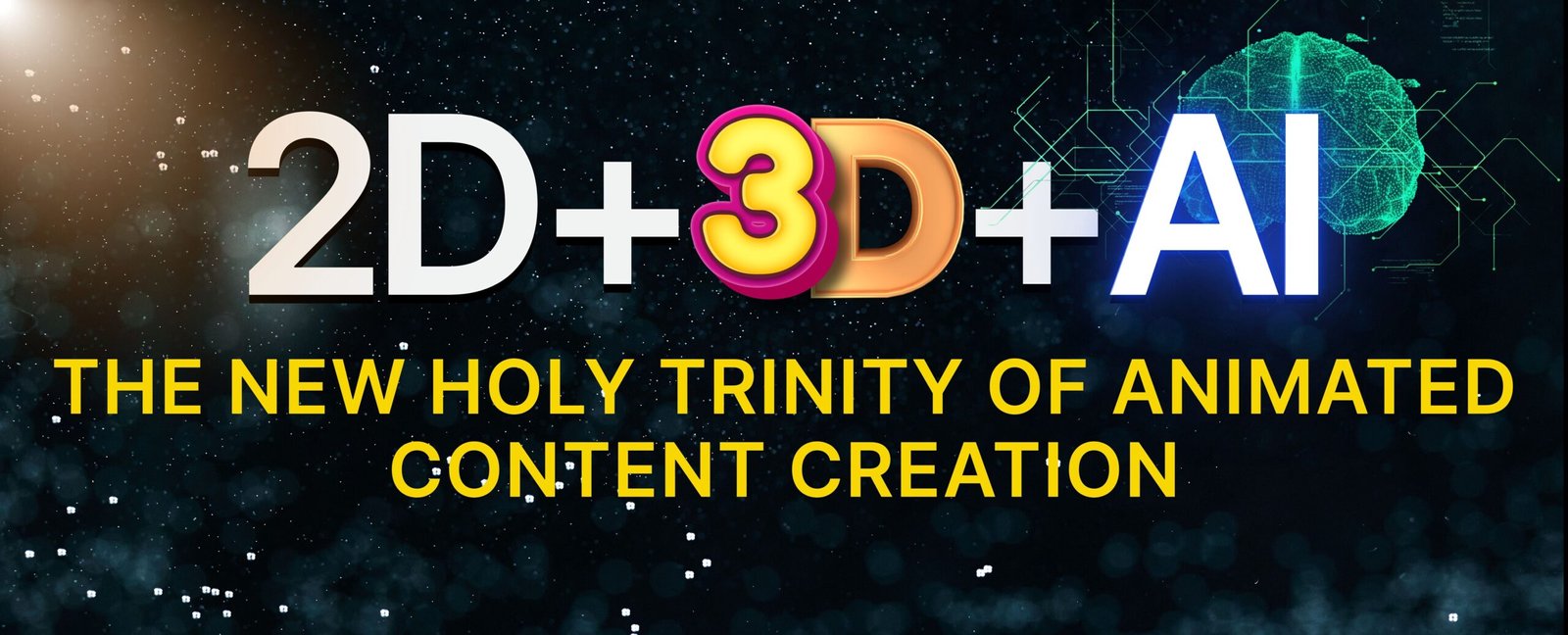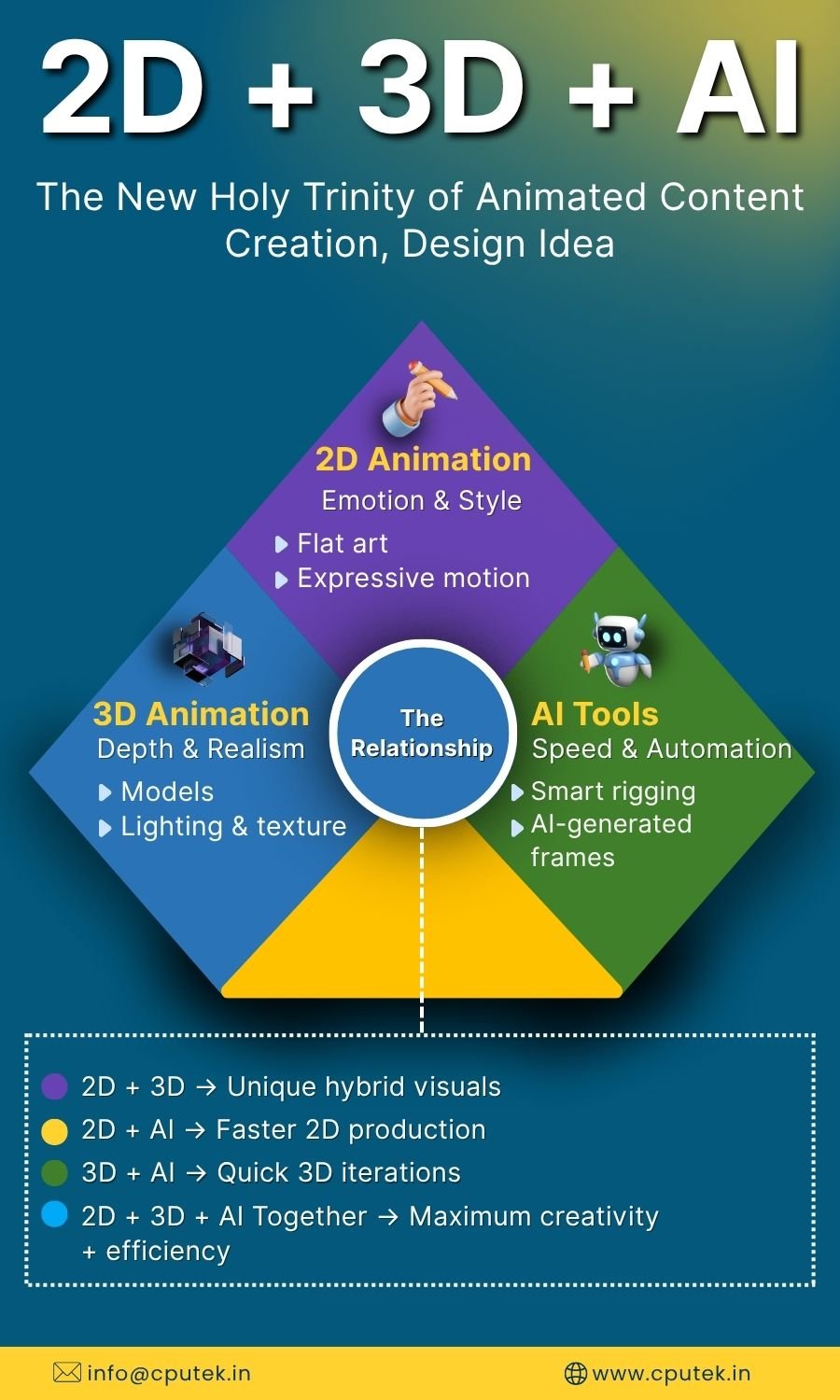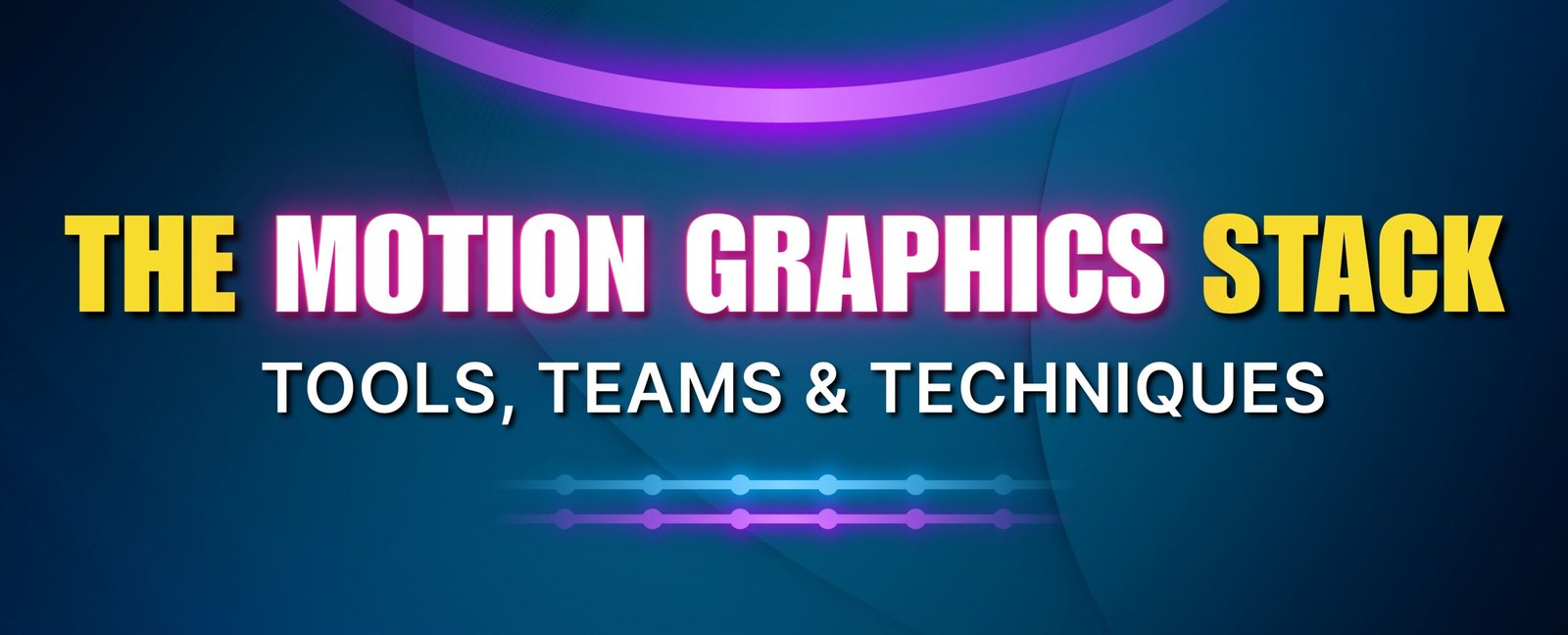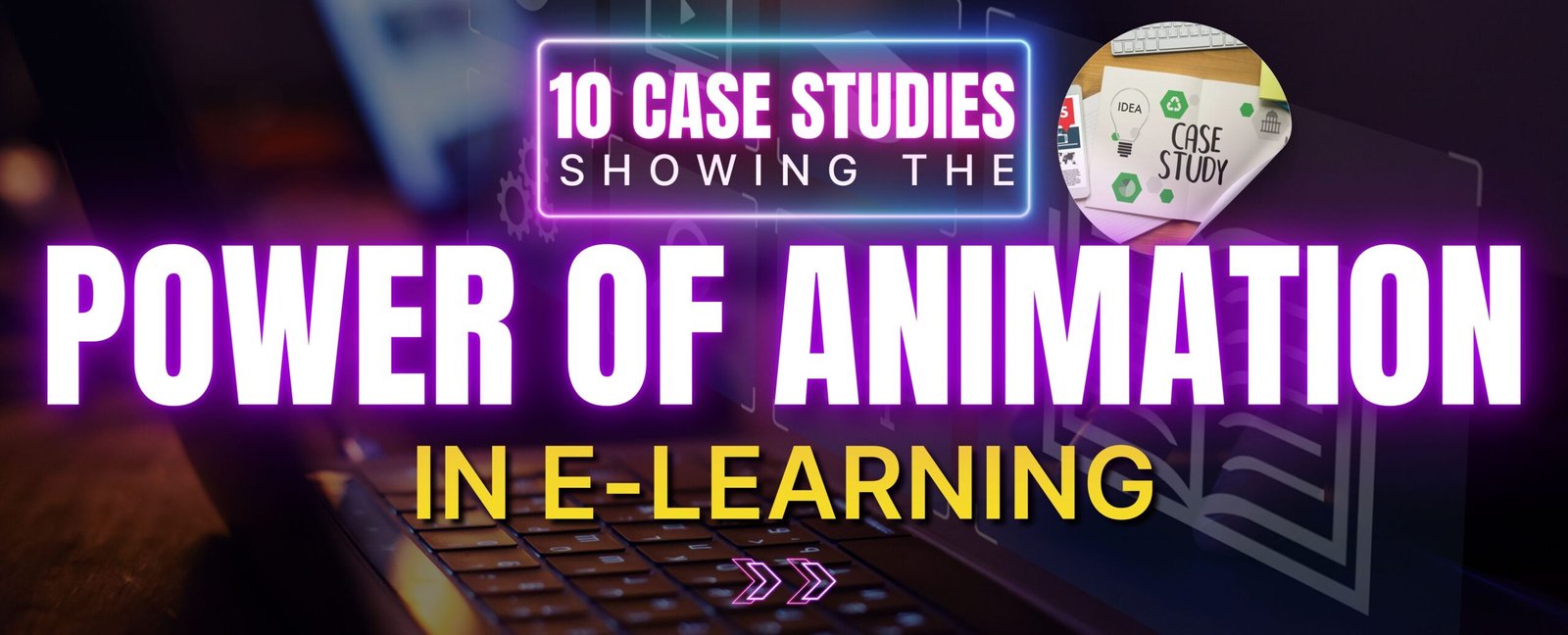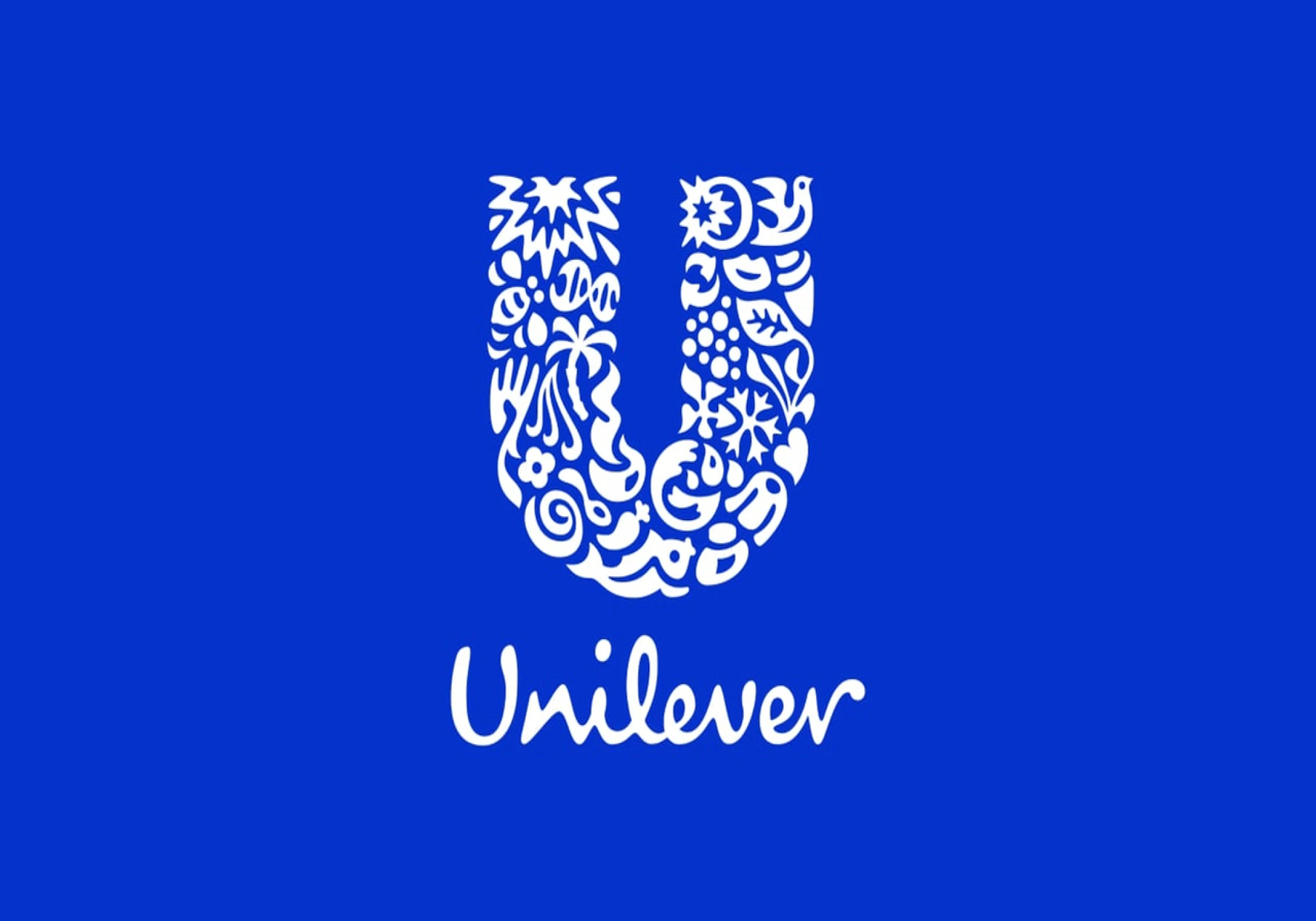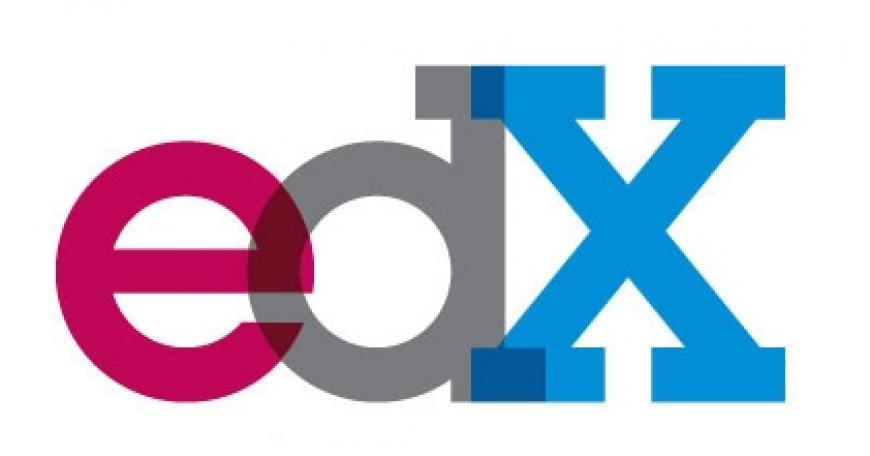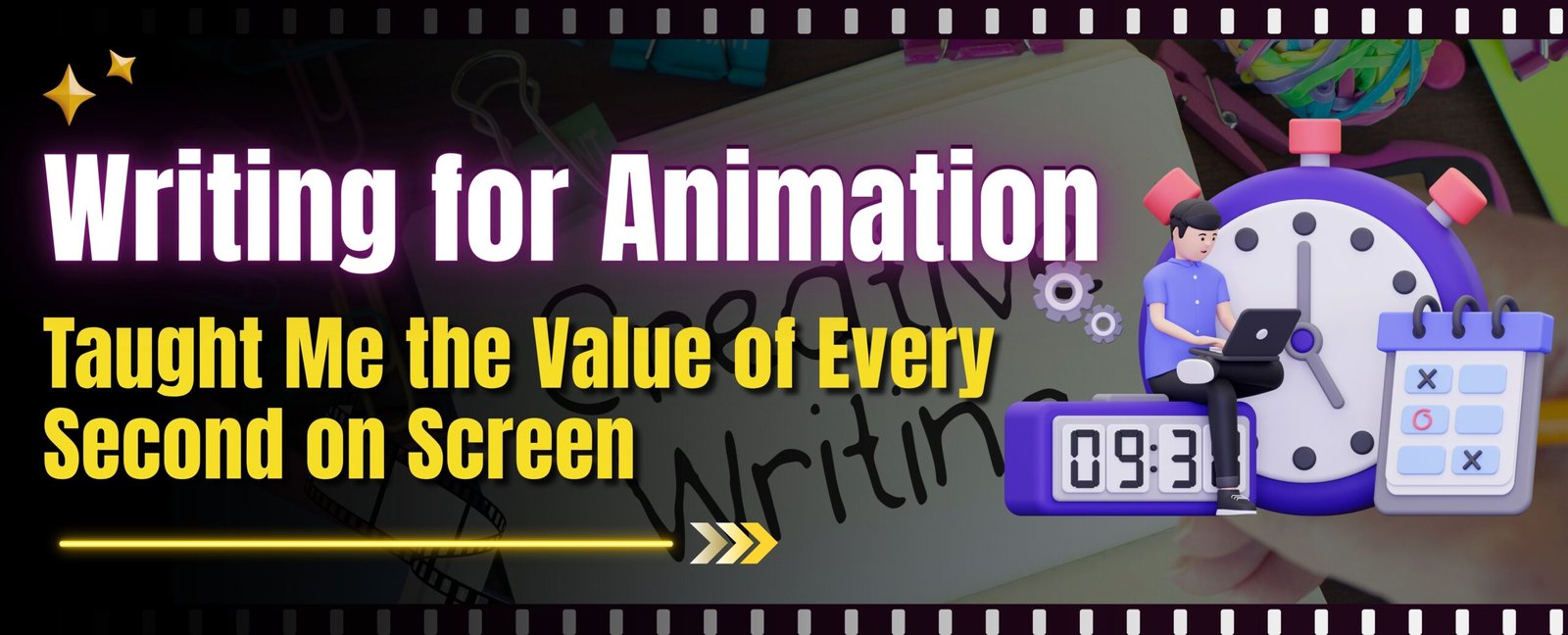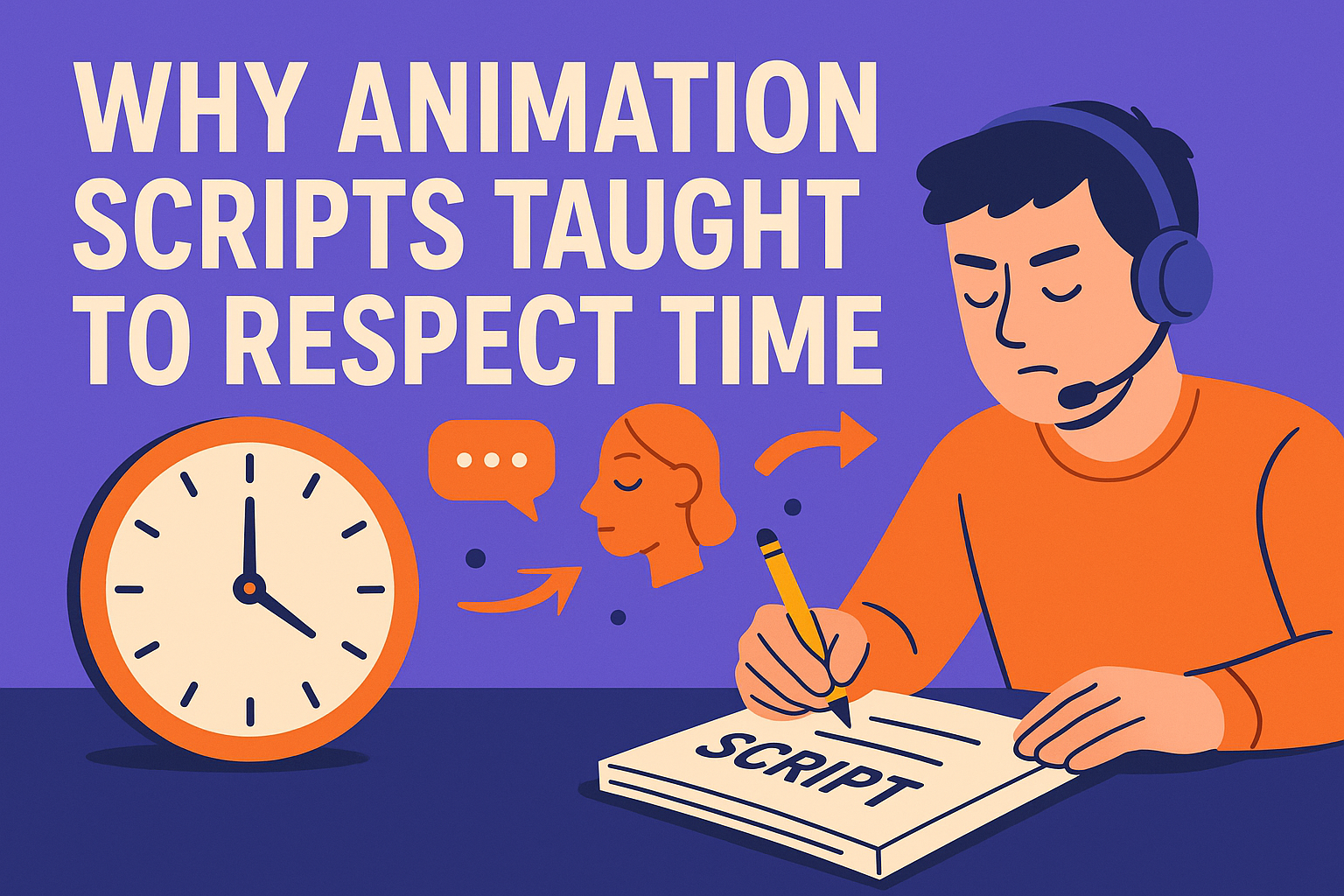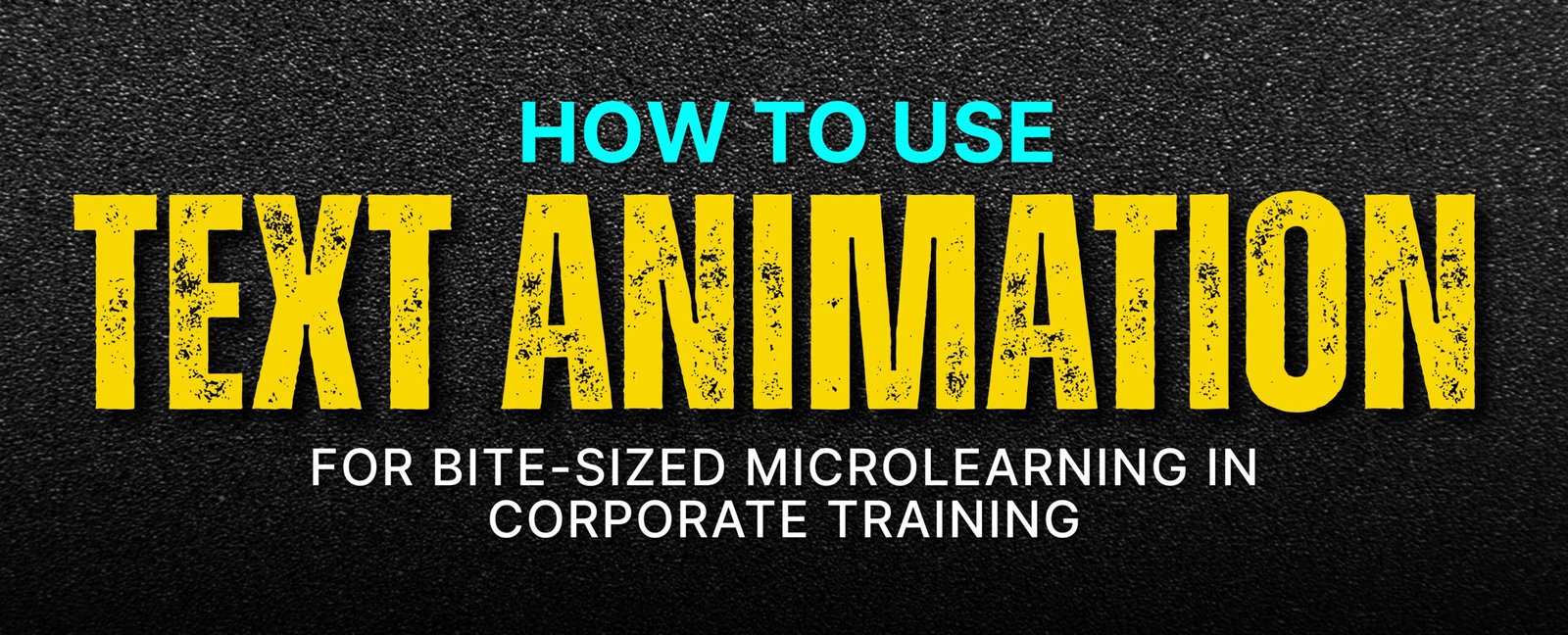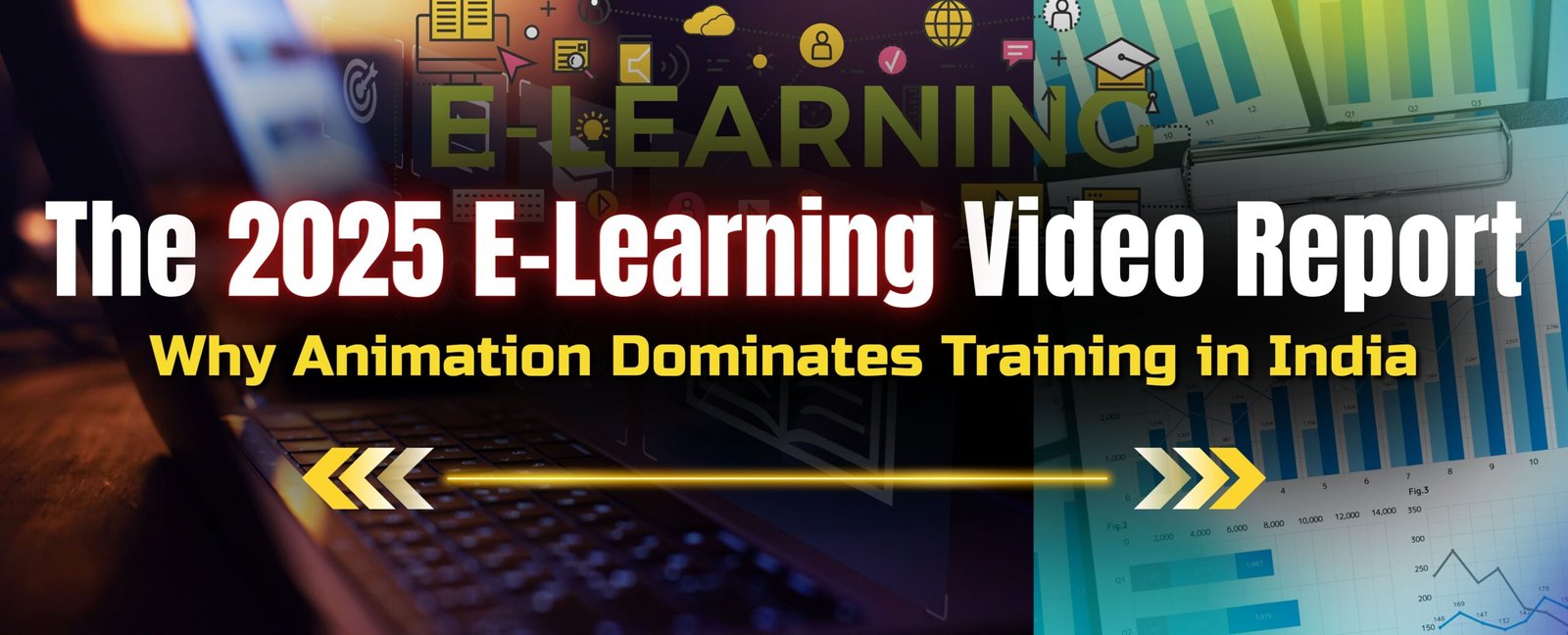Motion graphics is no longer a specialized corner of creative production. It’s become a vital tool in industries ranging from advertising and entertainment to corporate communication and education.
For eLearning companies in India and global creators building e-learning animated videos, the right tools aren’t just optional, they shape the efficiency, output quality, and creative possibilities of every project.
Whether you’re looking to make animated videos for brand storytelling, training modules, explainer content, or YouTube shorts, understanding the current motion graphics landscape is key. That’s where this blog steps in , as an extended guide to help you decode the why, when, and how behind the most popular video and animation tools use
d today.
Why Smart Videos Need Smart Tools
The days of single-purpose software are long past. Most motion graphic designers now use a blend of traditional animation software, AI-based tools, template libraries, and cloud editors. But not every tool is built for every job.
For instance, creators producing high-volume content such as e-learning animated videos or product explainers for businesses need tools that prioritize speed, collaborative features, and consistent brand styling. On the other hand, teams in post-production studios or media agencies may lean towards 3D platforms or advanced compositing software.
This toolkit isn’t about ranking tools. It’s about helping you understand the purpose of each category, so you can choose what fits your real-world workflow.
What Defines a “Smart” Motion Graphics Tool?
Not every popular tool fits the smart label. In this context, “smart” refers to how a tool integrates into a broader video and animation pipeline, especially in 2025, where creators juggle scripting, voiceover, stock assets, visual effects, and AI elements.
Look for tools that:
- Automate or simplify time-consuming steps
- Offer seamless compatibility across platforms
- Fit neatly into collaborative, cloud-first environments
- Allow for rapid iterations for social and educational content
Smart tools aren’t just about features, they support modern production logic.
Breaking Down the Motion Graphics Categories
Let’s explore each essential tool category with clarity, who they’re for, where they fit, and why they matter in practical production environments.
1. Core Animation & Motion Design Software
These are the backbones of complex motion graphic workflows. Used in studios, ad agencies, and professional animation setups, they offer complete control over layers, keyframes, 3D space, and stylization.
- Use Case: High-production branded videos, animated intros, music videos, UI mockups
- Popular With: Experienced animators, visual artists, VFX editors
- Examples: Houdini for procedural VFX workflows, Mocha Pro for tracking and rotoscoping
2. AI-Driven Animation Assistants
AI tools are increasingly used by modern creators who want to generate visual ideas or fill gaps quickly. These tools don’t replace traditional workflows, but when used smartly, they help make animated videos faster by auto-generating scenes, text-to-video transformations, or visual prompts.
- Use Case: Storyboarding, concept videos, short-form social content
- Popular With: Solo creators, content marketers, education tech teams
- Things to Watch: Frame accuracy, visual consistency, and output licensing models
3. 2D Explainer Video Tools
These are popular with eLearning companies in India and training departments worldwide. They often come with drag-and-drop editors, animated characters, preset scenes, and voiceover syncing.
- Use Case: Microlearning videos, onboarding modules, sales explainers
- Popular With: Instructional designers, educators, SaaS marketing teams
- Notable Features: Templated scenes, fast exports, custom avatar creation
4. Template Libraries & Preset Marketplaces
Templates are indispensable in projects with tight turnarounds. These libraries supply everything from lower thirds and transitions to full explainer scene packs.
- Use Case: Speedy motion graphics overlays, client video packaging, branding packs
- Popular With: Freelancers, agencies, YouTubers
- Smart Tip: Choose libraries that offer native file formats compatible with your editing software (e.g., After Effects .mogrt files)
5. Video Editors with Integrated Motion Graphics Tools
While editing platforms traditionally handled only cuts, color, and audio, they now offer motion-friendly features like text animation, scene transitions, and 3D camera controls.
- Use Case: End-to-end production of branded content, video resumes, reels
- Popular With: Corporate content teams, freelancers, filmmakers
- Examples Worth Exploring: Camtasia for education, HitFilm Express for YouTube videos
6. Online Editors with Motion Capabilities
Platforms like Canva and VistaCreate go beyond social post templates, they now support animated page transitions, motion typography, and music sync. For businesses looking to make animated videos without hiring a designer, these are effective tools.
- Use Case: Social promos, internal comms, infographics-to-videos
- Popular With: Marketing teams, entrepreneurs, course creators
- Benefits: Browser-based access, cloud storage, team collaboration options
We’ve visualized this entire landscape in a radial map so you can quickly locate which tools belong to which category. Whether you’re exploring new workflows or refining existing ones, this infographic will help you organize your toolkit with more clarity.

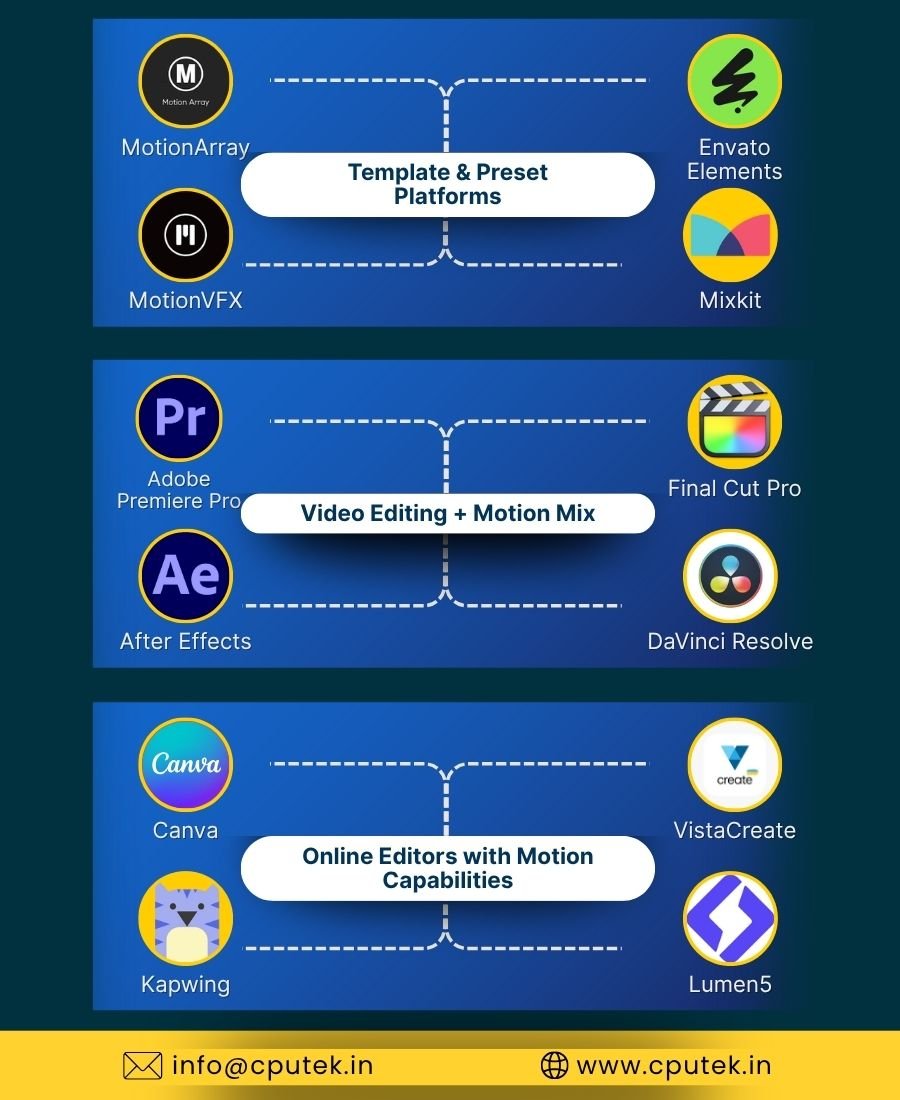
Conclusion
Choosing the right tools is less about trends and more about production logic. For every creative, whether you’re working at an eLearning company in India, freelancing for startups, or creating educational e-learning animated videos, it’s about aligning your toolset with what your project actually demands.
A thoughtful combination of motion design software, AI tools, explainer platforms, and online editors gives creators real flexibility. In 2025, knowing what to use, and when, is what separates smooth, scalable workflows from chaotic projects.

By day I create engaging content along with infusing high-volume, low-competition keywords strategically so that it gets loved by you and Google Crawler. Off the clock? I scroll for fresh ideas. (Don’t judge, gotta fuel the creativity!)


